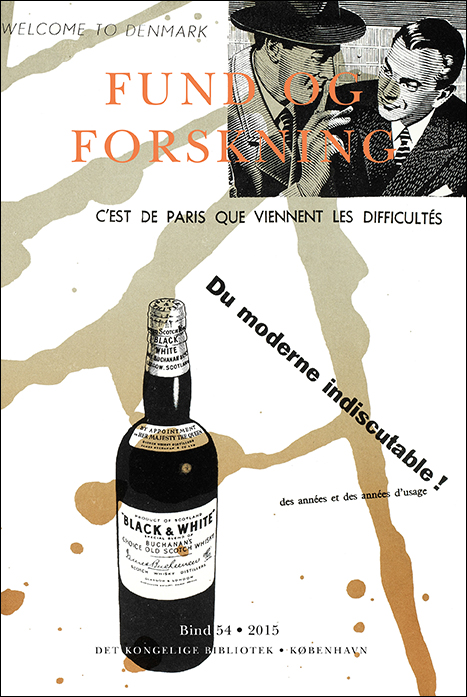Steno-Fallots tetralogi og Bartholin-Pataus syndrom. En hjertemisdannelse og et misdannelsessyndrom første gang beskrevet af danske anatomer i 1600-tallet
DOI:
https://doi.org/10.7146/fof.v54i0.118882Resumé
Jesper Brandt Andersen & Niels W. Bruun: Tetralogy of Steno-Fallot and Bartholin-Patau syndrome. A heart malformation and a malformation syndrome first described by Danish anatomists in the seventeenth century.
The heart malformation tetralogy of Steno-Fallot was first described by the Danish anatomist Niels Stensen (Nicolaus Steno) (1638–1686) in Thomas Bartholin’s Acta Medica & Philosophica Ann. 1671 & 1672 in 1673, but this was not discovered until 1942. Stensen’s description was built upon a dissection of a female fetus, which he made during his stay in Paris 1664–1665.
We bring the first full Danish translation of Stensen’s Latin text and an analysis of his description in relation to his contemporaries and the present. Stensen describes three of the four elements of the tetralogy described in three adult patients by Fallot in 1888, namely ventricular septal defect, pulmonic stenosis and dexteriority of the aorta. The fact that Stensen does not mention the hypertrophy of the right ventricle may have two good reasons. Firstly, the difference between the wall thickness of the right and left ventricles is generally less pronounced in a fetus than after the birth and this would be expected even more in a heart malformation with overload on the right ventricle.
Secondly, Stensen may have considered the right sided hypertrophy as merely a result of the three other elements of the tetralogy than as a malformation in itself.
Stensen’s description reveals an impressive knowledge about the circulation of the blood in the heart of a fetus, and we speculate that he may have been the first in history to deliver such a precise description, not only of the anatomy and physiology of the tetralogy of Steno-Fallot, but also of the anatomy and physiology of the blood circulation in the fetal heart. Stensen’s fetus had several other malformations, i.e. cleft lip and palate, schisis of the abdomen and thorax and syndactyly of the second to fifth fingers on the left hand. We suggest that the fetus may have had acrofacial dysostosis 1 (Nager syndrome), which is caused by a mutation on chromosome 1q21.2.
Likewise, Stensen’s mentor, the Danish anatomist Thomas Bartholin (1616–1680), was the first to describe a case report of the Bartholin-Patau syndrome in his Historiarum anatomicarum rariorum Centuria III & IV in 1657, but this was not discovered until 1960, the same year as Patau and collaborators showed that this syndrome is caused by trisomy 13. We bring the first full Danish translation of Bartholin’s Latin text with an analysis in relation to his age and the present.


